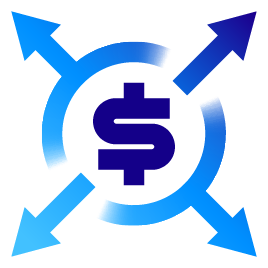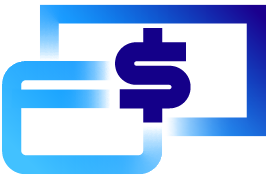Direct indexing has been a hot topic of late, and for good reason. We have spoken and written about it a lot ourselves. In recent months, some large firms involved in direct indexing have undergone acquisitions, including BlackRock getting into the game last month.
“The wealth manager’s portfolio of the future will be powered by the twin engines of better after-tax performance and hyper-personalization,” said Martin Small, head of BlackRock’s U.S. wealth advisory business, in a statement.
I agree with Small’s assessment. (Side note: He has one of the top collections of guitars in the country, which of course makes him an expert on many topics in my opinion!) I had the opportunity to expand on this topic in some detail in a few of the industry’s top podcasts last month. I discussed direct indexing and a variety of subjects with industry thought leader, innovative money manager, and prolific author Meb Faber. In a more condensed conversation, I spoke with Ben Carlson and Michael Batnick on their popular Animal Spirits podcast. Ben and Michael don’t pull any punches.
Both were fun to do and generated a lot of great feedback. Below are some of the summary bullet points from the conversations that Orion’s direct indexing guru Horacio Carias and I created:
What is direct indexing?
An investment vehicle that gives individual investors access to separate accounts. The primary benefits are customization and improved after-tax returns.
Instead of holding an ETF in your brokerage account, investors hold the underlying securities in that strategy.
The securities selected are optimized to minimize the tracking differences in risks and returns with the index that is being tracked.
Considering the evolution of investment vehicles, what came before direct indexing?
First came mutual funds, then ETFs. For large asset owners, separate accounts were always available, but now direct indexing gives individual investors access to separate accounts.
Large institutions and high net worth individuals use separate accounts because they are highly customizable and tax-efficient.
Why is it just now becoming available to a wider audience base?
The fixed and variable costs of maintaining a separate account have come down significantly, making it economical for smaller account sizes.
The technological tools needed to manage direct indexed accounts have improved significantly in recent history.
Lower transaction costs, including no commissions are a big positive.
The advent of fractional share trading will also benefit direct indexed accounts.
What are some of the uses of direct indexing? Why don’t we start with tax-loss harvesting?
Capturing tax alpha — This is the difference in the tax bill between a direct indexed account and another investment vehicle, such as an ETF managed to the same index. Tax alpha is expected to be around 1%+ per year on average for U.S. large-caps. Tax alpha should be higher for some strategies, such as small-cap stocks1.
Customization – Direct indexed accounts can be customized to an investor’s ESG (environmental, social, and governance) preferences and other restrictions with more granularity than off-the-shelf ETFs and mutual funds.
Direct indexed accounts also have a variety of important risk-management benefits.
What are some realistic assumptions about the real-world implications of tax alpha?
Academic studies estimate 1-1.5% per annum (Andrew Lo at MIT for example). At Orion, we also estimate similar numbers in the average year.
More volatile years provide more opportunities for tax alpha, and 2020 is projected to generate significantly higher tax alpha results if tax management is applied diligently all year.
Some strategies will deliver more tax alpha. Accounts with more positions, volatility, and dispersion should have higher tax alpha. Small-cap and thematic strategies are good examples.
Want to learn more about Direct Indexing? Check on this resource on some of the advantages Direct Indexing provides.
1 Bautis Financial, as of 2/11/20
The CFA® is a globally respected, graduate-level investment credential established in 1962 and awarded by CFA Institute — the largest global association of investment professionals. To learn more about the CFA charter, visit www.cfainstitute.org.
The CMT Program demonstrates mastery of a core body of knowledge of investment risk in portfolio management. The Chartered Market Technician® (CMT) designation marks the highest education within the discipline and is the preeminent designation for practitioners of technical analysis worldwide. To learn more about the CMT, visit https://cmtassociation.org/
3315-OPS-12/09/2020

















